|
My test warp is off my Cricket Quartet, my studio finally has great lighting, so now it's time to get weaving! Most weaving videos on the internet focus on the actual weaving process, and there are plenty of those coming up. Today's videos focus more on the design process. This is the process I learned when I first started weaving, and it's let me mostly design all my own projects without having to rely on printed patterns. I do use a few books for "design recipes," though! Here are a few of my favorites for 4-shaft looms:
In this first video, I walk through the math I use to make sure I have enough yarn. For this project, I'm using a 3-ply linen from Weaver House, sett at 20 ends per inch. My pattern has 268 ends, which lets me use the whole width of the Cricket Quartet. As promised in the video, here are the free downloads:
In this second video, I walk through my process designing the warp in WeaveIt. This isn't a full tutorial of WeaveIt, but if you need one of those, Sally has created plenty of helpful tutorials on her channel. If you're interested in using or modifying this pattern for your own use, there are free downloads below - one is to the WIF file, and the other is a printable PDF.
Now it's time to get warping! I'll be back with tips on how to use a warping board, check out what happened when I asked an AI chatbot how to do it.
There are as many ways to spin a gorgeous yarn as there are people who spin. Sometimes, getting a consistent yarn is really important - especially if we're spinning lots of yarn for a big project. There are lots of ways to make sure you're spinning a consistent yarn. One of my favorite ways is to use the Spinner's Multitool. It helps me prepare fiber, and then check my yarn as I'm spinning to make sure I'm getting the yarn I want. The Spinner's Multitool functions as a diz, WPI (wraps per inch) tool, and twist angle. The Ultimate Multitool also has a small 2" ruler that can help you determine twists per inch. These are all factors that can help you spin a consistent yarn. They're also helpful if you're trying to replicate another yarn in your stash. In this post, I'll walk you through all the ways you can use the Spinner's Multitool. In this video, I'm using the Ultimate Multitool. but if you're into something a little different, we also have a Sheep Shaped Spinner's Multitool, an Alpaca, a Bunny, and the Original. If you still have questions after watching the video, I've added some more information and closeup images to help. Using The Spinner's Multitool as a Diz Each Spinner's Multitool has several different holes. These are designed so you can diz fiber from a drumcarder, hand cards, a blending board, or hand combs. In this video, I share how to diz fiber from hand combs. Remember, the bigger the hole you use, the thicker your top will be (or roving, if using a carded prep). But you might be surprised - even though those holes seem pretty small, a lot of fiber fits through them! Dizzing fiber is a great way to prepare fiber for spinning. I find that hand-dizzed fiber is a real pleasure to spin. It is light and fluffy and fun to work with! Learning to diz fiber can take some practice. The key is to not try to get too much fiber through the diz at one time, or else you'll get stuck and frustrated. When this happens, back off a little bit, draft the fiber gently, and then keep going. And remember to be patient with yourself! The results are well worth it. Checking the WPI (Wraps Per Inch) To check the WPI, or wraps per inch, simply lay the yarn along the grooves, and move it around until you find a good match. Here, I've determined that the yarn is about 18 wraps per inch. Remember to not pull tightly, as this can distort your reading. Checking Your Twist Angle In the first image, you will see some unspun fiber. It literally has no twist! So I've laid it parallel to the "zero" angle. Here you can see a yarn that is Z twist, at a 30 degree angle. I've added a red dash to show how the angle of the twist lines up with the 30 degree angle. Checking TPI (Twists Per Inch) TPI, or twists per inch, is a term used by the textile industry, but not as often by handspinners. Sometimes spinners might also talk about "bumps per inch." It refers to how tightly a yarn is spun or plied. This impacts durability, drape, and how your yarn behaves overall. To calculate TPI, count the number of visible "bumps" in an inch of your yarn, then divide by the number of plies. The Ultimate Multitool has 2 inches to measure over, so if you use that full area, you will need to divide by two again to get your average. In the sample above, I marked above a bump with a red curve. I counted 10 bumps across 2 inches. I'll divide that by 2 to get 5, then divide by 2 again for the number of plies, to come up with 2.5 bumps per inch. It's easiest to see TPI in plied yarn, so that's what I've shared here. Jill Wolcott has an excellent tutorial with a deep dive on TPI. Helpful Hints Here are some key things to remember when you're using your Spinner's Multitool:
Happy Spinning! Lately, I've been working on a project that makes use of a gradient. This is to be a sweater quantity with most of the yarn in the darkest color. I started with several piles of color - most of it the mauve/magenta color shown at the top of the first photo. Then I blended it into a gradient, adding darker and and darker values on one end, until I got to the almost-black-purple, and lighter and lighter values on the other end, until I got to the pale lilac-pink. When I took the photo above, I realized there were a couple of places where I wanted to to smooth out the gradient, specifically at the lightest and darkest ends of the spectrum. So there are a couple more values in the gradient now! The fiber is mostly organic Polwarth, with a little bit of Merino and CVM in there too. I used the diz in the Spinner's Ultimate Multitool to pull the roving off the drum carder. Now I'm using the WPI gauge to make sure I spin to about 28 wraps per inch. I'm doing this as a short forward draw, which is a little bit outside my comfort zone, so I make sure to check pretty frequently! I'm starting with the darkest color. There's about 20 ounces of this, and then between 2-4 ounces of each of the other colors, so there should be plenty for the sweater I have in mind!
One of the things I love about the Spinner's Multitool is its versatility. Just because the name implies that it's for spinners, doesn't mean you can't use it to make your weaving weaving easier!
In weaving, the sett is how close together (or how far apart) the warp ends are. The sett is often expressed as a number, followed by the term "EPI," which stands for "ends per inch." Deciding on a sett is a skill that takes practice and plenty of sampling, but I like to use our Spinner's Multitool to get a ballpark idea of which sett to choose. First, lay the warp yarn across the multitool until you find the closest match. This is your WPI, or wraps per inch measurement. In the first image, my measurement is 22. For a balanced plain weave fabric, divide your measurement in half to get your sett. This gets us 11. While it's possible to warp most looms to 11 ends per inch using a reed substitution chart, you could also choose to round up to 12 ends per inch (for a firmer fabric) or down to 10 ends per inch (for a softer, drapier fabric). If you're using a rigid heddle loom, you'll want to choose the number that is closest to the reed you have. For a twill fabric, you usually want the sett to be a little denser. A good rule of thumb is that the sett would be 2/3 of the wraps per inch. With the same 22 WPI measurement from above, that gets us 14.5 ends per inch - but let's round up to 15 for the sake of simplicity! For a warp-faced fabric, you want the warp to be very closely spaced so that the weft doesn't show. A good rule of thumb is that the sett will between 75% and 100% of the wraps per inch measurement you take. In this example, that would between 16.5-22 ends per inch. Remember: this is just a jumping-off point to get you started! It's always important to sample to make sure you're getting the cloth you want, especially when you're using your handspun yarns. Here is the fourth episode of the Fiber Sprite Podcast! On this show, I'll talk about projects I've been working on and my visit to the Taos Wool Festival.
Knitting:
Designing:
Spinning:
Weaving:
Books: |
Archives
January 2024
Categories
All
This website uses marketing and tracking technologies. Opting out of this will opt you out of all cookies, except for those needed to run the website. Note that some products may not work as well without tracking cookies. Opt Out of Cookies |
||||||||||||||||||||||||||||
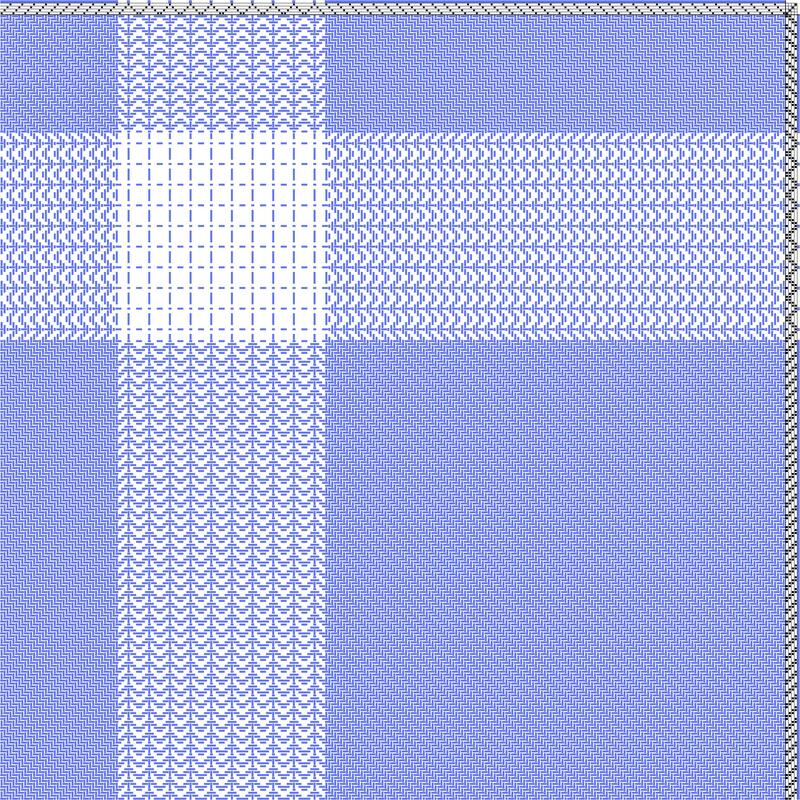
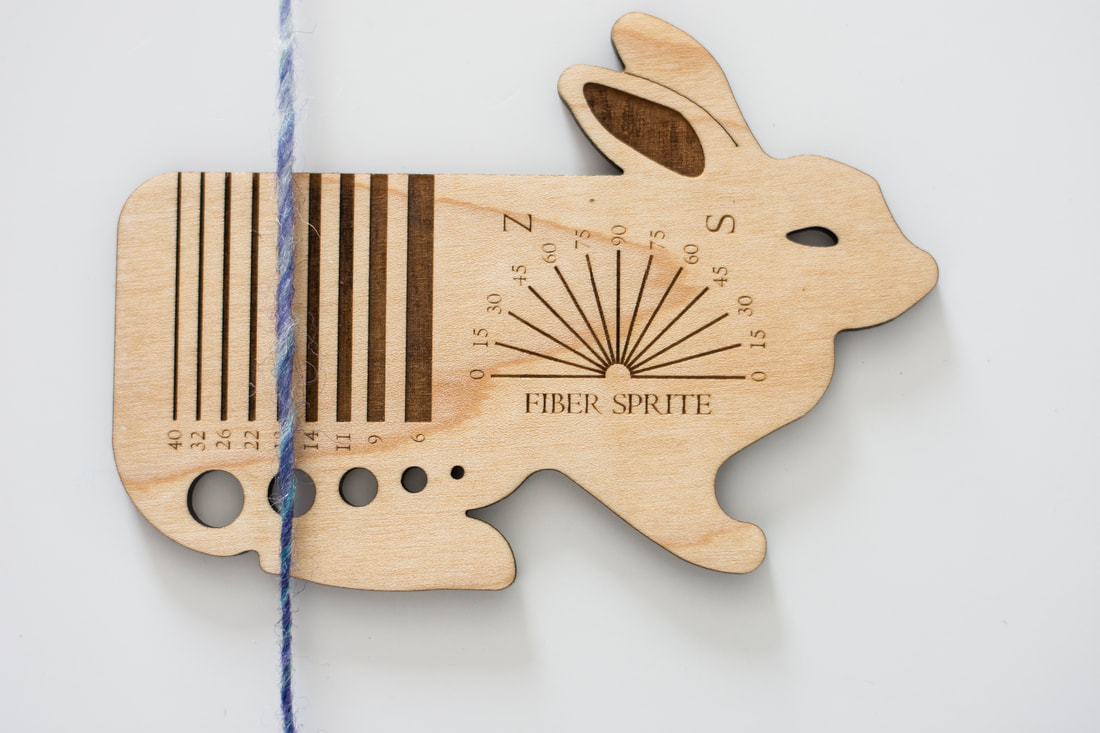

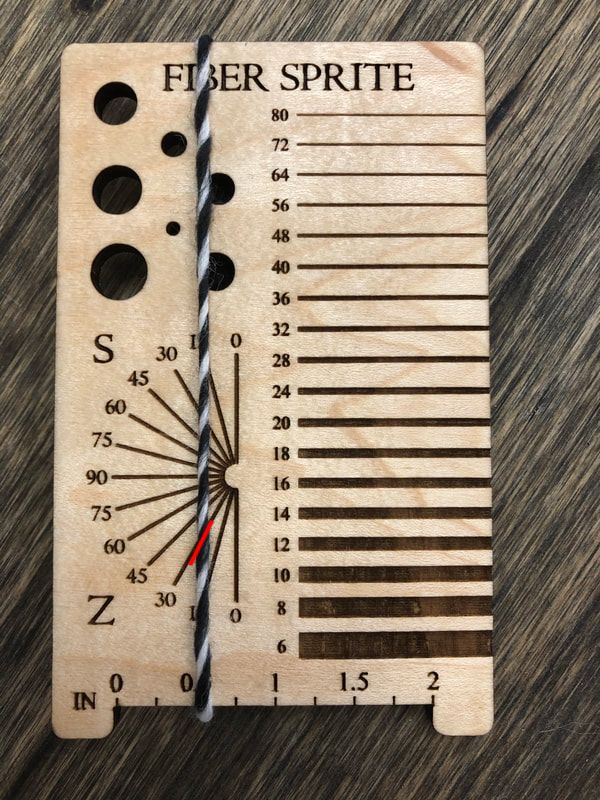
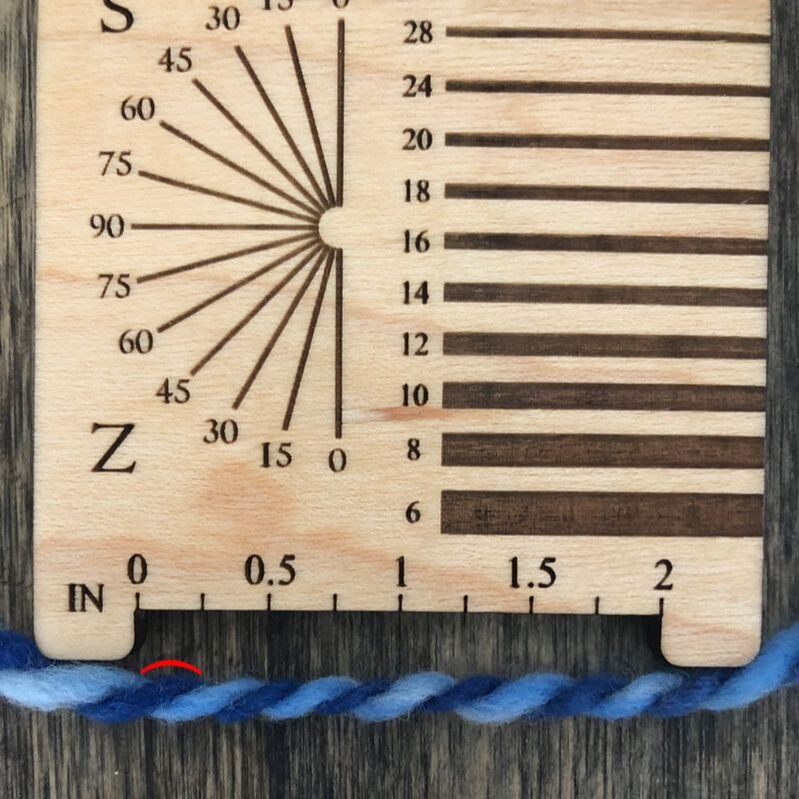

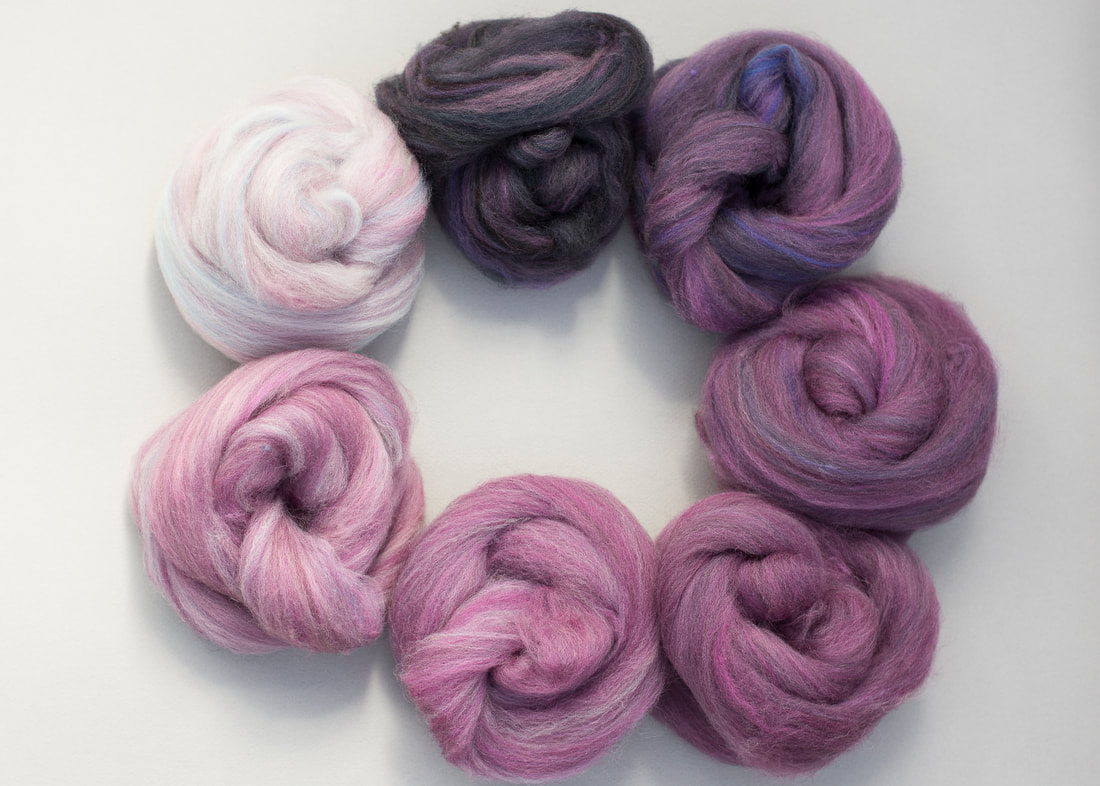
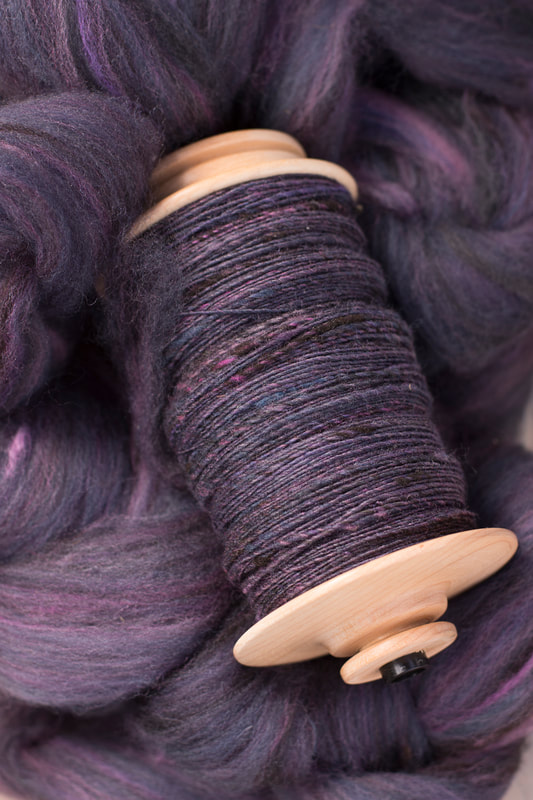
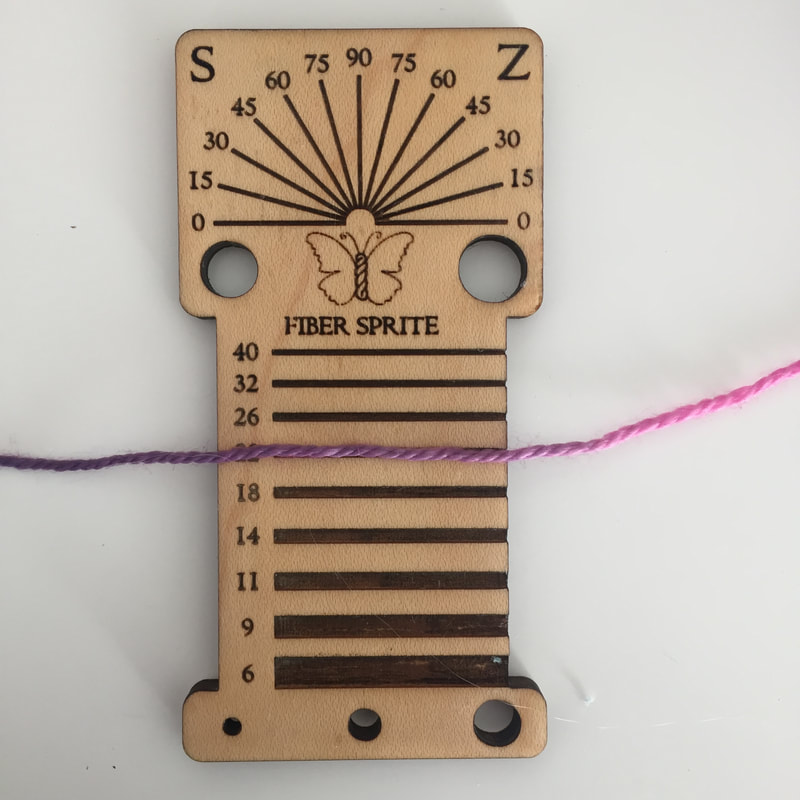
 RSS Feed
RSS Feed